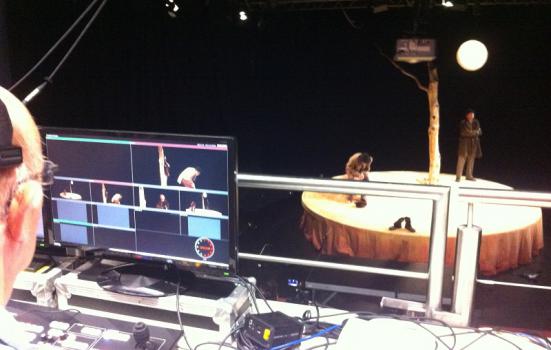Live and recorded screenings have the potential to develop and serve new audiences for small-scale theatre companies, as well as generate income, report concludes.

‘Theatre for screen’ offers small-scale producers “benefits beyond the purely financial”, according to a theatre company that has been exploring affordable ways of making and distributing digital versions of theatre productions to dispersed, often rural venues. This approach can increase visibility and develop new audiences, as well as a new income stream, says Miracle Theatre, which led the ‘Live and Digital’ project and has now published its findings in ‘A Manual for Bringing Theatre to the Screen’. The manual outlines how small arts organisations can best use digital technology to capture live work and make it available – in both live and recorded forms – to a wider public.
Miracle worked with Golant Media Ventures (GMV) to review its business strategy and assess the potential of different digital channels, from which it developed a business model template to support decision-making about producing digital theatre. Annie Ukleja, General Manager of Miracle Theatre, said: “From live-streaming our production of Waiting for Godot, through to self-distributing our digital feature film, Tin, this project has been a massive experiment in all areas – testing us artistically, offering new experiences to our loyal followers and reaching completely new audiences through cinema screenings and, still to come, global online distribution platforms.”
Live and Digital was funded by the Digital R&D Fund for the Arts. Ukleja and Mandy Berry, Chair of Miracle Theatre, launched the manual at a Master Class on the theme of Business Models at Making Digital Work, a showcase sharing learning from the projects.




